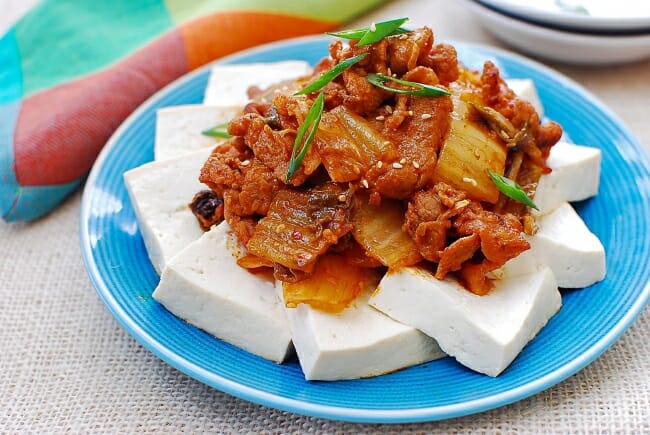Best Korean Dishes
Korean food has grown in popularity in the Western world over the last decade, mainly due to the influence of social media, where people were able to learn how delicious, healthy, and easy it is to prepare. The most popular Korean foods are dishes ordered most often in Korean restaurants and those searched for frequently on search engines and YouTube.
To help summarize this Korean food guide, I’ve mixed three categories into this guide: traditional restaurant food, street food, and trendy snacks.
Restaurant food represents traditional Korean dishes you’ll typically need to order at a sit-down restaurant. Street food are dishes often sold by sidewalk vendors while trendy food describes snacks that may be little more than a passing fad. Regardless, you can find these recipes anywhere by walking into the amazing streets of South Korea!
Samgyeopsal (삼겹살)
Served with lettuce, perilla leaves, sliced onions and raw garlic kimchi, it's smudged in ssamjang (a mix of soybean paste called 'doenjang' and chili paste called 'gochujang') or salt and pepper in sesame oil.
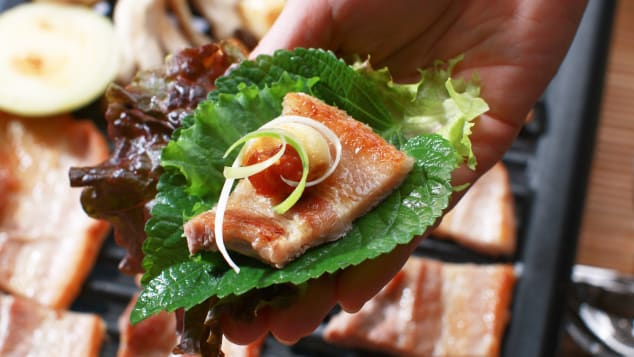
Gimbap (김밥)
The process of making gimbap resembles the Italian glasswork technique of millefiori, and indeed, the finished gimbap often looks too pretty too eat.
Sauteed vegetables, ground beef, sweet pickled radish, and rice, rolled and tightly wrapped in a sheet of laver seaweed (gim), and then sliced into bite-sized circles.
:max_bytes(150000):strip_icc()/__opt__aboutcom__coeus__resources__content_migration__serious_eats__seriouseats.com__2020__01__20200122-gimbap-vicky-wasik-24-f5ed1075f35846a29e0812ee053a1bf8.jpg)
Agujjim (아구찜)
Agujjim, also known as agwijjim, is a seafood dish that consists of anglerfish braised on a bed of dropwort and bean sprout. It is as spicy as it looks: the entire dish is a bright reddish color, from the chili powder, chili paste, and chili peppers used in the seasoning.
The white, firm flesh of the anglerfish, which is quite rightly called the "beef of the sea," is meaty and filling. And the tangle of dropwort and bean sprout that make up the majority of the dish aren't just there for decoration: the dropwort is tart and the bean sprouts crunchy.
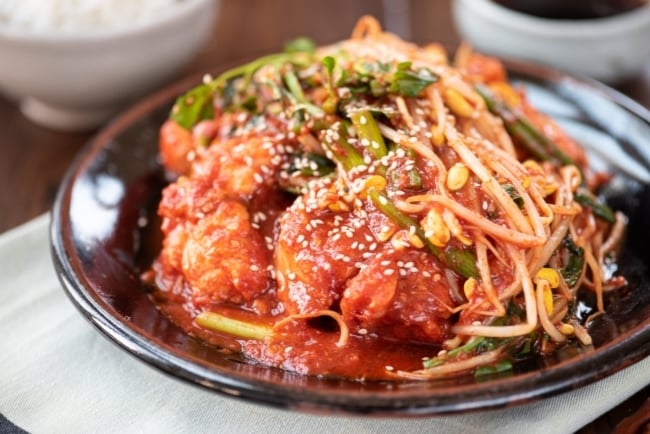
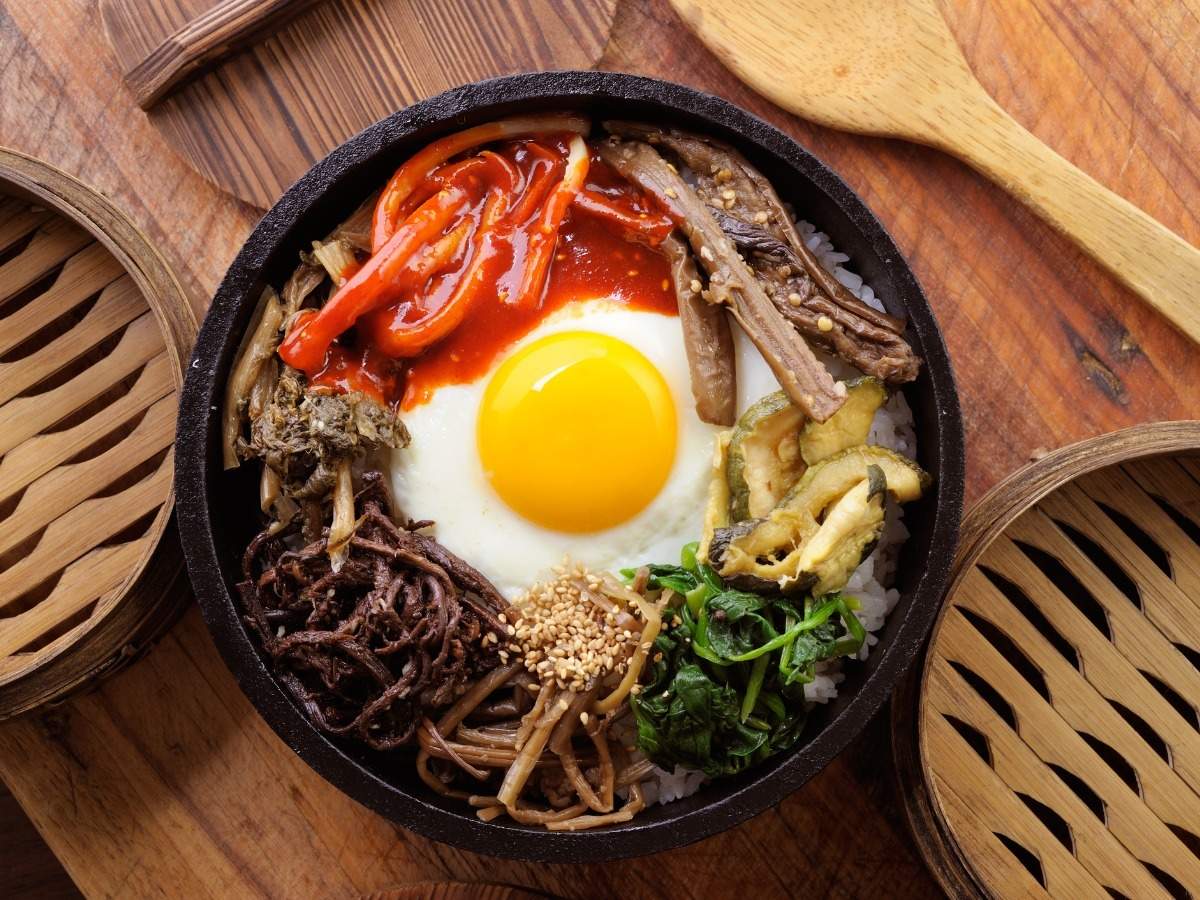
:max_bytes(150000):strip_icc()/__opt__aboutcom__coeus__resources__content_migration__serious_eats__seriouseats.com__2018__02__20180220-korean-pantry-michelle-min19-79c2d253c04e4b1a8f73e8d7f6ebd061.jpg)
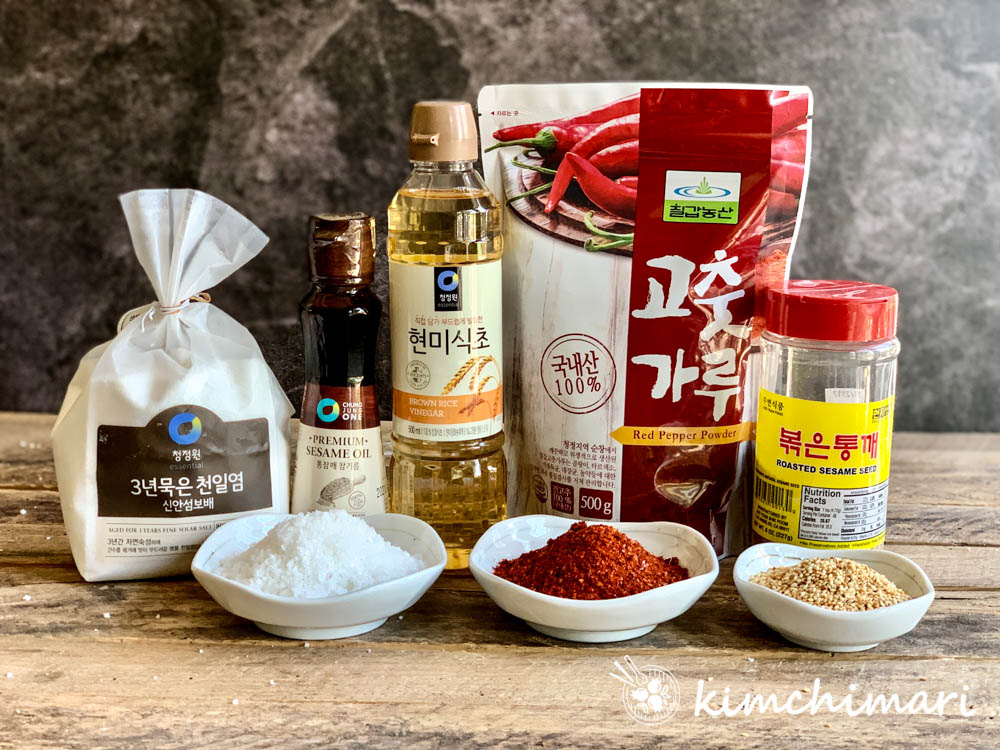


:max_bytes(150000):strip_icc()/__opt__aboutcom__coeus__resources__content_migration__serious_eats__seriouseats.com__2014__03__20200302-tteokbokki-vicky-wasik-76b599db592144eebf475e88221ac05f.jpg)


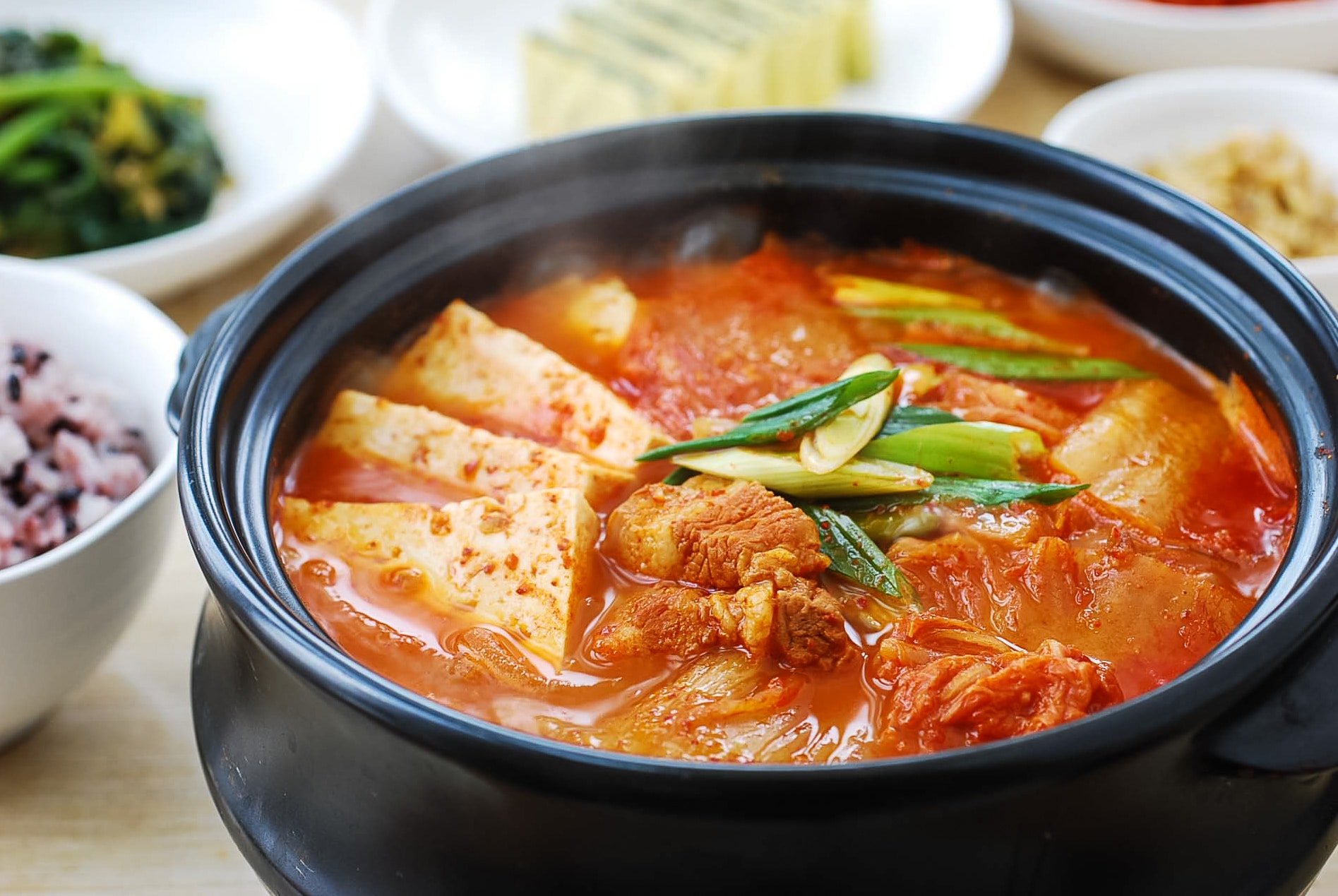



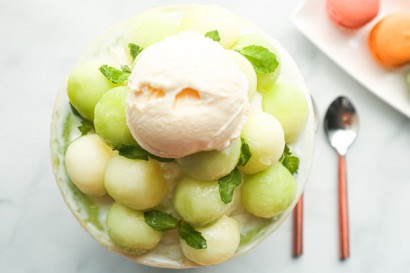



:max_bytes(150000):strip_icc()/__opt__aboutcom__coeus__resources__content_migration__serious_eats__seriouseats.com__2020__01__20200122-gimbap-vicky-wasik-24-f5ed1075f35846a29e0812ee053a1bf8.jpg)

:max_bytes(150000):strip_icc()/korean-pancake-with-scallions-2118966-hero-01-9408893b6717472d8dad3d2fd38d5b98.jpg)





